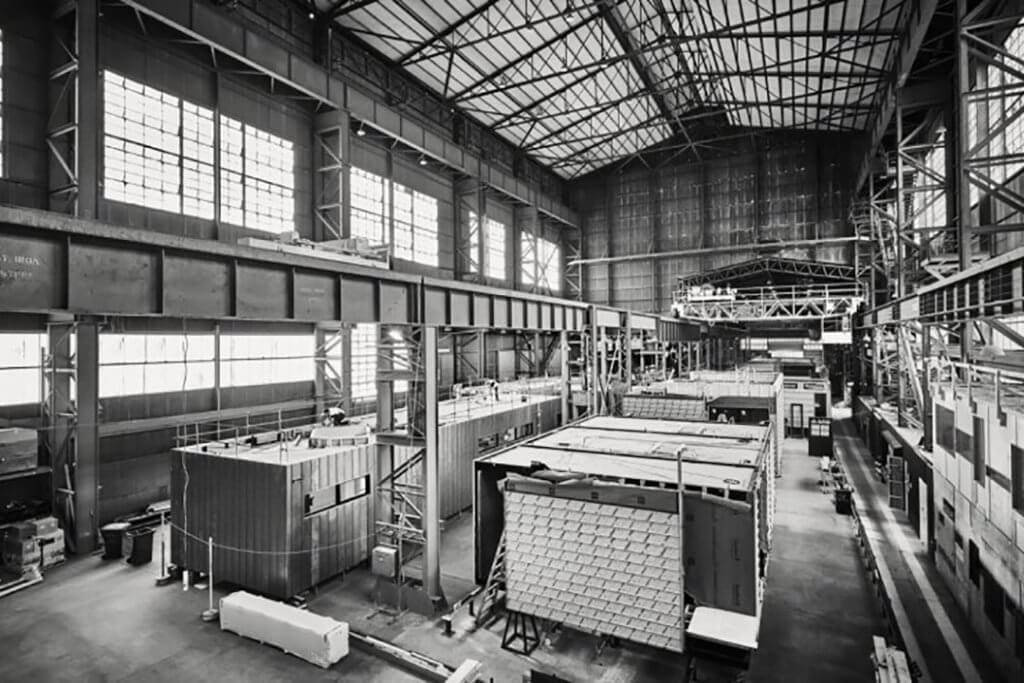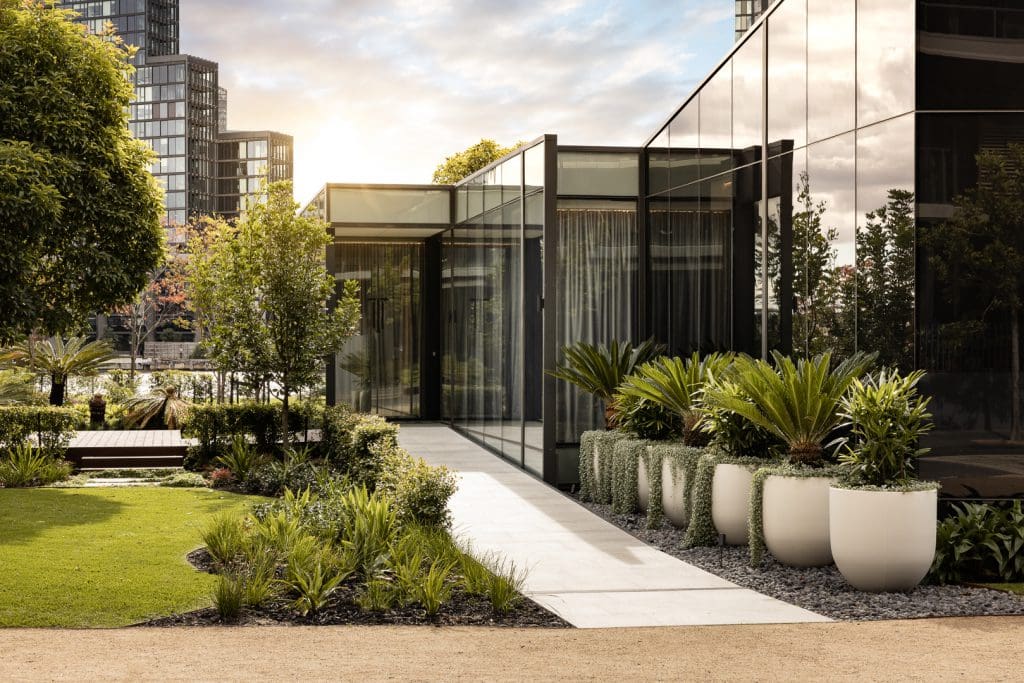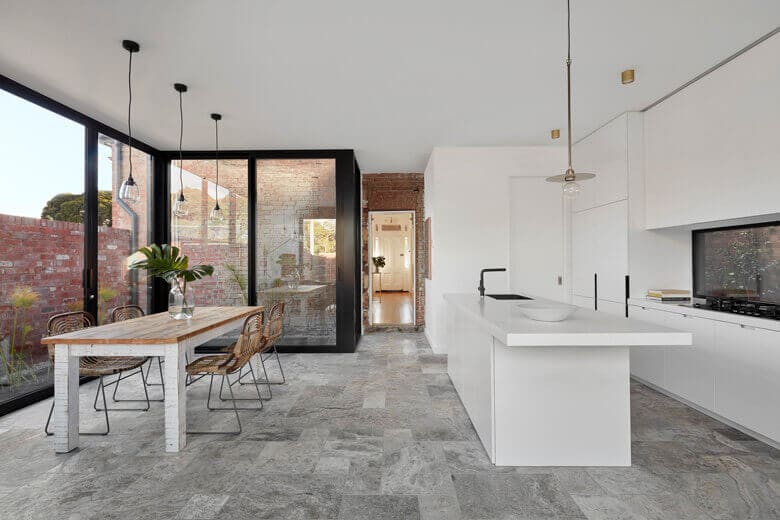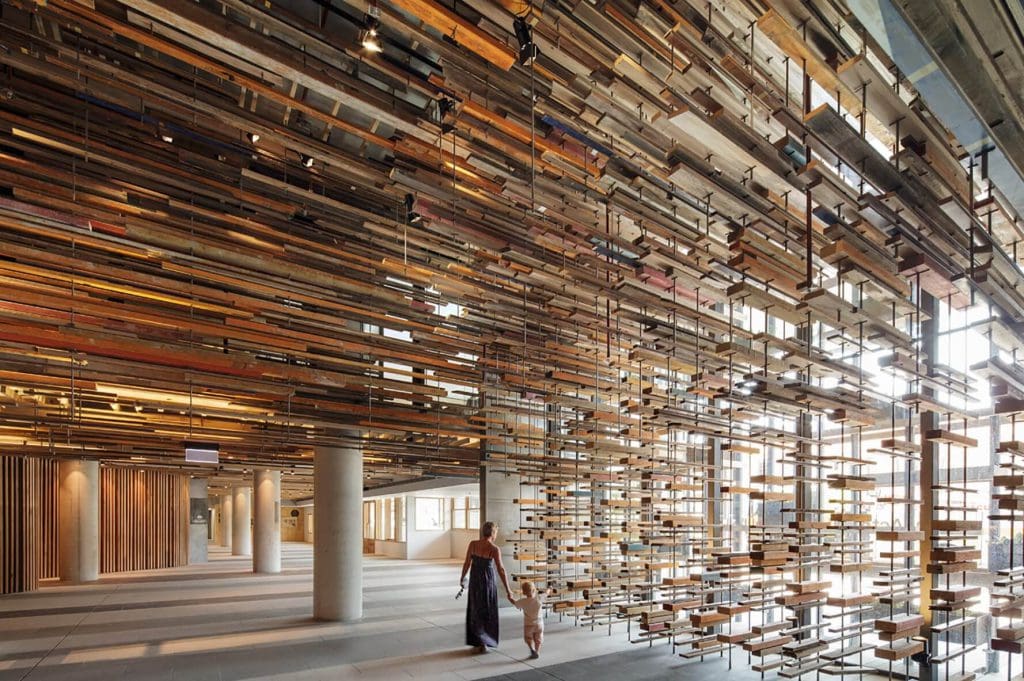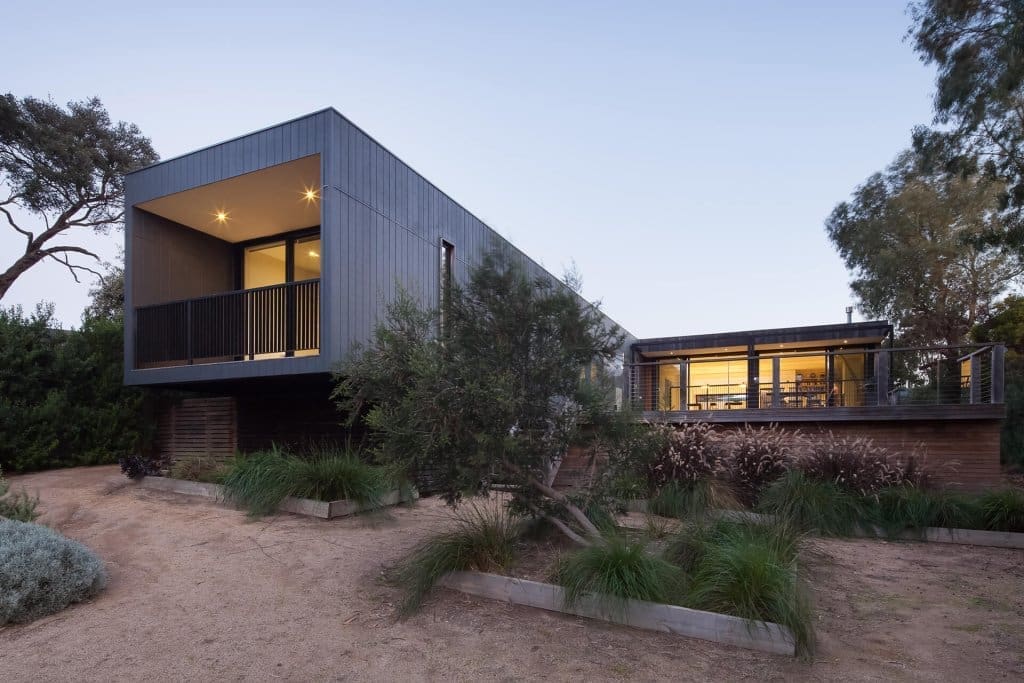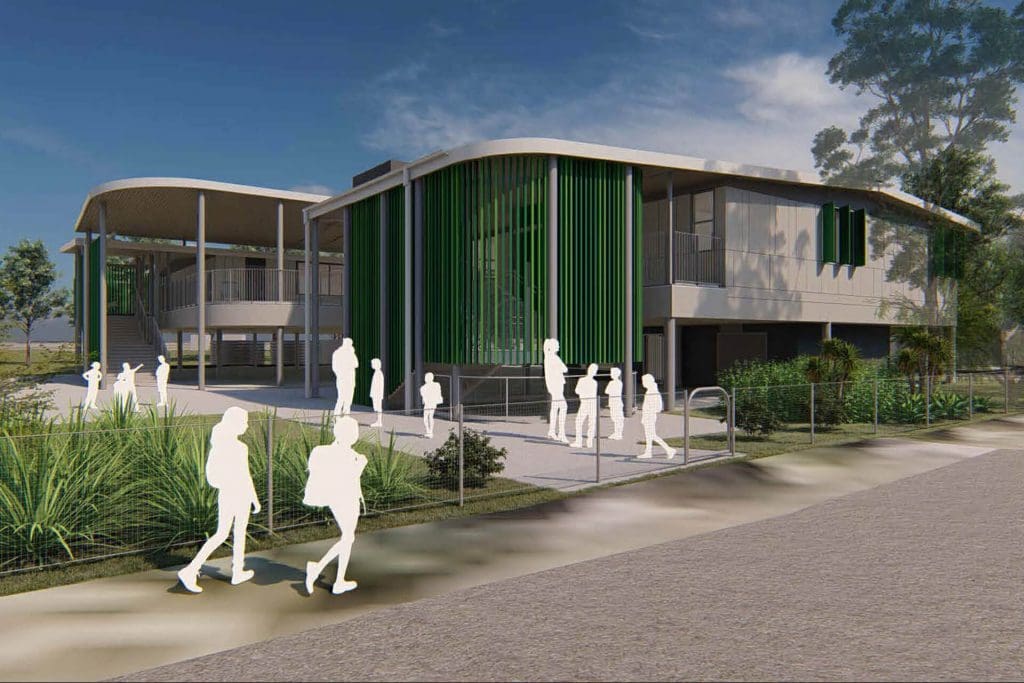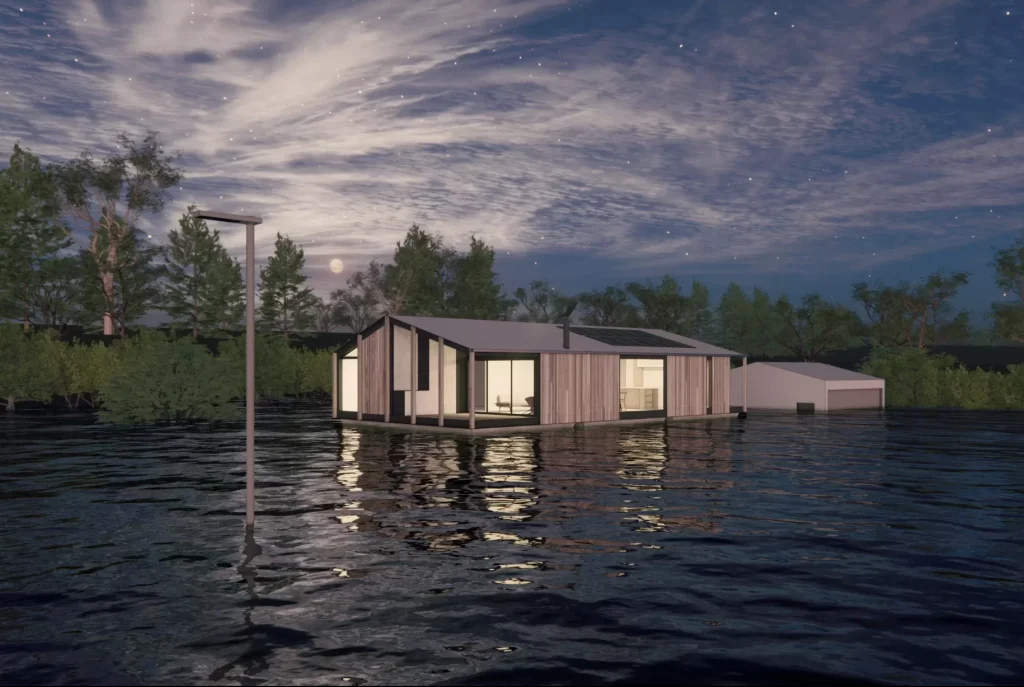Things We Love: Scandinavia Builds Towards Zero-carbon Construction
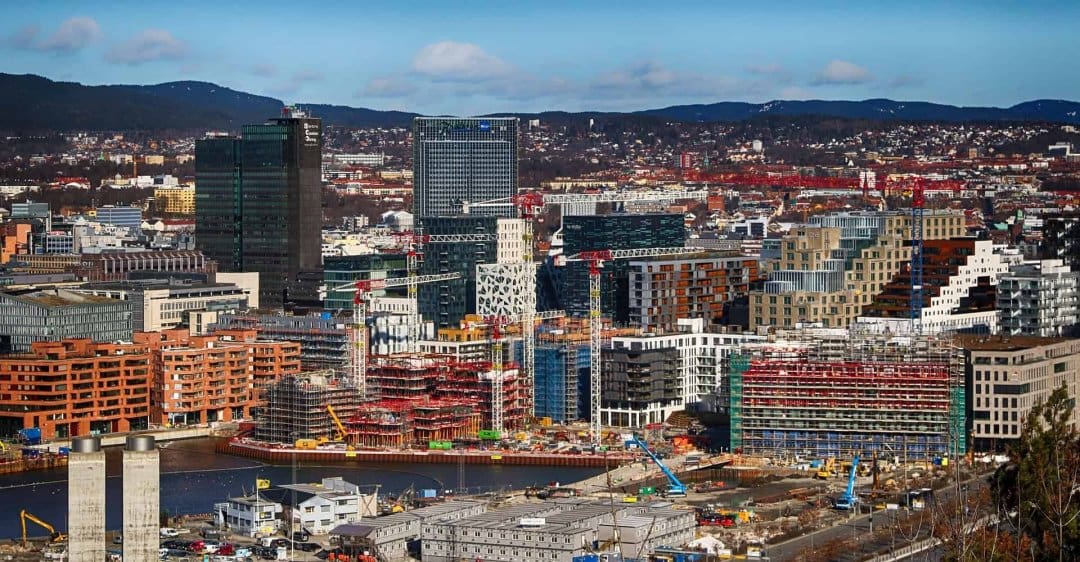
Scandinavia has long been admired for its innovation and design, and it’s quickly adding sustainability to that list.
Cleaning up what is traditionally one of the world’s most high-emission industries, cities like Oslo (Norway), Helsinki (Finland), and Copenhagen (Denmark) are leading the Scandinavian charge towards zero-carbon construction – and modular buildings are playing a pivotal role.
“When it comes to modular construction, safety, productivity and environmental impact, all of those things tie together,” says Jochen Teizer, Associate Professor in the Department of Civil and Architectural Engineering at Aarhus University in Denmark. “If I do offsite fabrication and then ship it, I improve all of those things; reduce the waste in the assembly process but also increase the safety for the workers. That’s another advantage.”
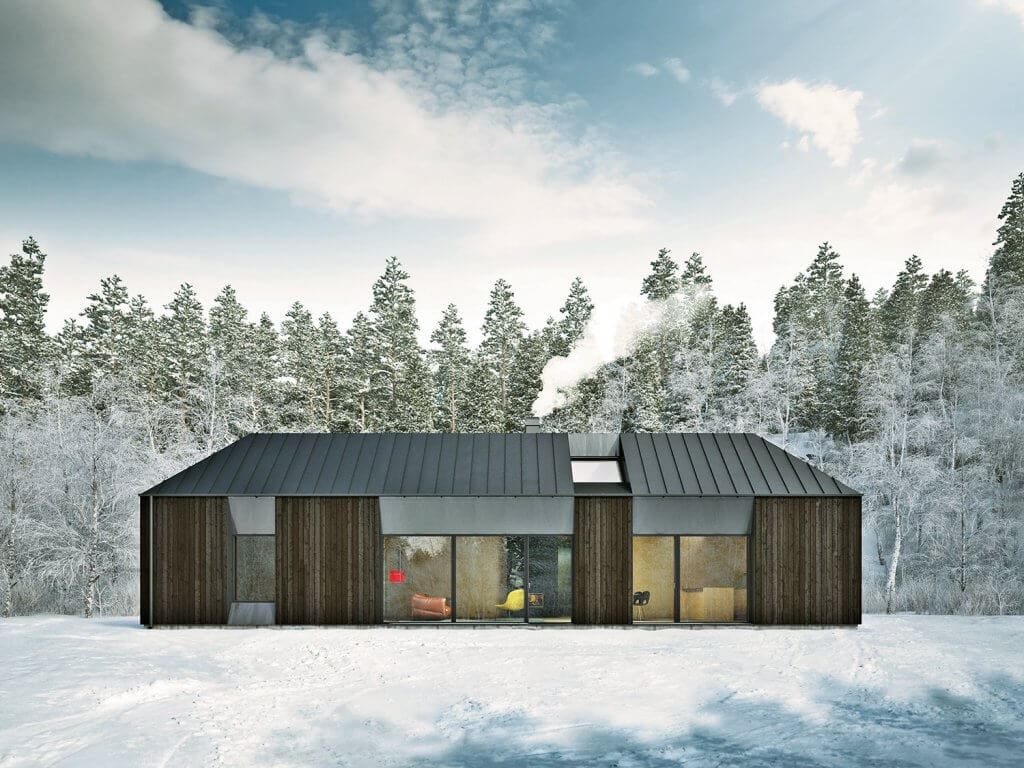
For Norway capital Olso in particular, decarbonising the construction industry has been a local focus – and it’s with good reason. At present, the construction sector is responsible for more than 10% of global greenhouse gas emissions. The impact of construction is even more evident when looking at CO2 emissions from energy use, with the sector contributing 38% of the world’s emissions. Bucking the trend, Oslo’s construction sector is responsible for just 7% of the city’s total emissions – a figure they’re looking to improve on in years to come.
To achieve this, the city’s traditional construction sites are quickly evolving, with a strong push to move away from diesel machinery to more electric alternatives. In fact, a site in Oslo was the first in the world to make use of entirely electric machinery, including the excavators, diggers and loaders. The city now wants all municipal construction sites to be zero emission by 2025, and all construction work – public and private – to be zero emission by 2030. The ‘all in’ approach has been backed up by six more of Norway’s biggest cities committing to the same goals.
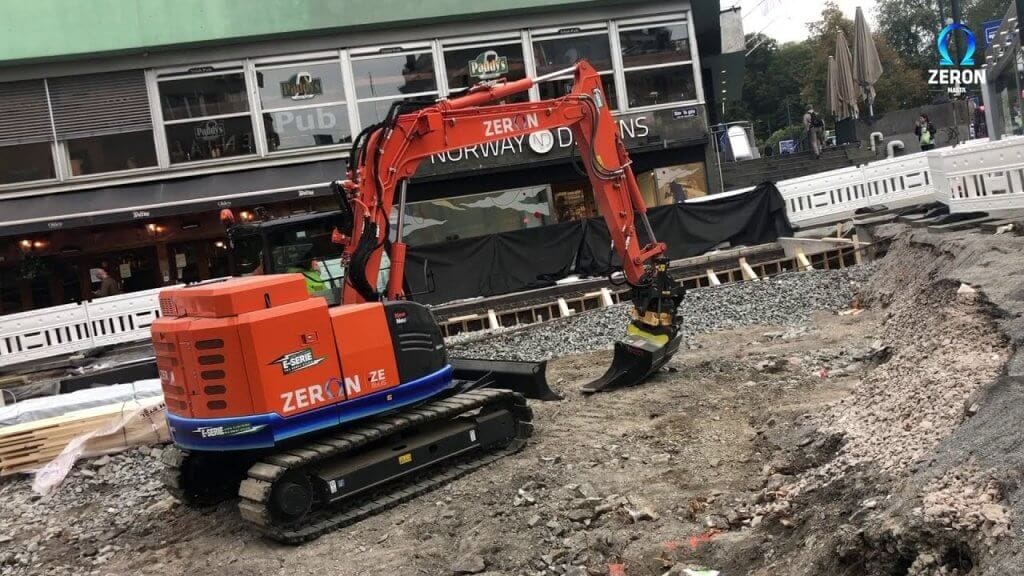
But while innovations modular construction, electrification, and digitisation are all helping the industry to decarbonise and reduce waste, they do present some difficulties moving forward.
“The construction industry has a lot of stakeholders involved in the projects. I think that’s one of the challenges we have,” says Teizer. “From architects, subcontractors to contractors, a lot of inefficiencies happen with communication – where people design a project one way, but then it gets executed in a different way. I think it will take a generation to see change. It ties back to educating our next generation of engineering workforce out there. So we need the right tools.”
In Australia, Modscape is leading the charge when it comes to modular construction, with the view that a sustainable building is one that is passively designed, constructed in the most sustainable way possible, is considered in its material selection, and requires minimal energy to operate. Slowly but surely, the Scandinavian approach is starting to gain momentum Down Under, and we’re keen to keep things trending north.
Read more about the ‘Things We Love’ at Modscape’s here. To enquire about building your project using the most sustainable methods, contact us today.
